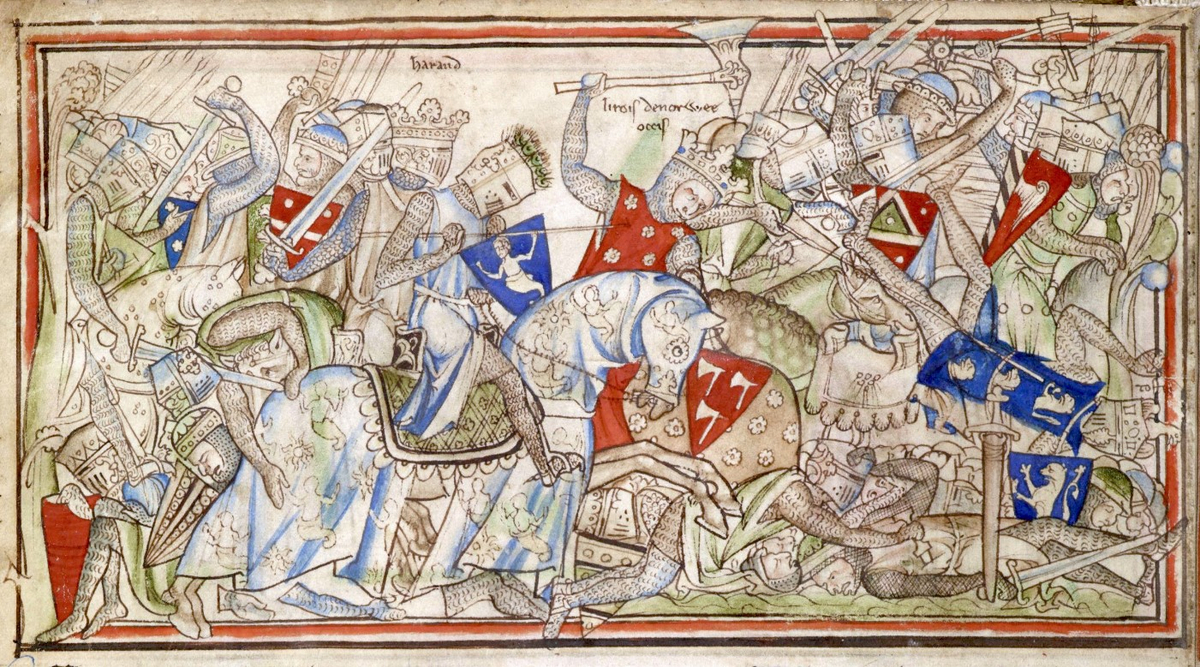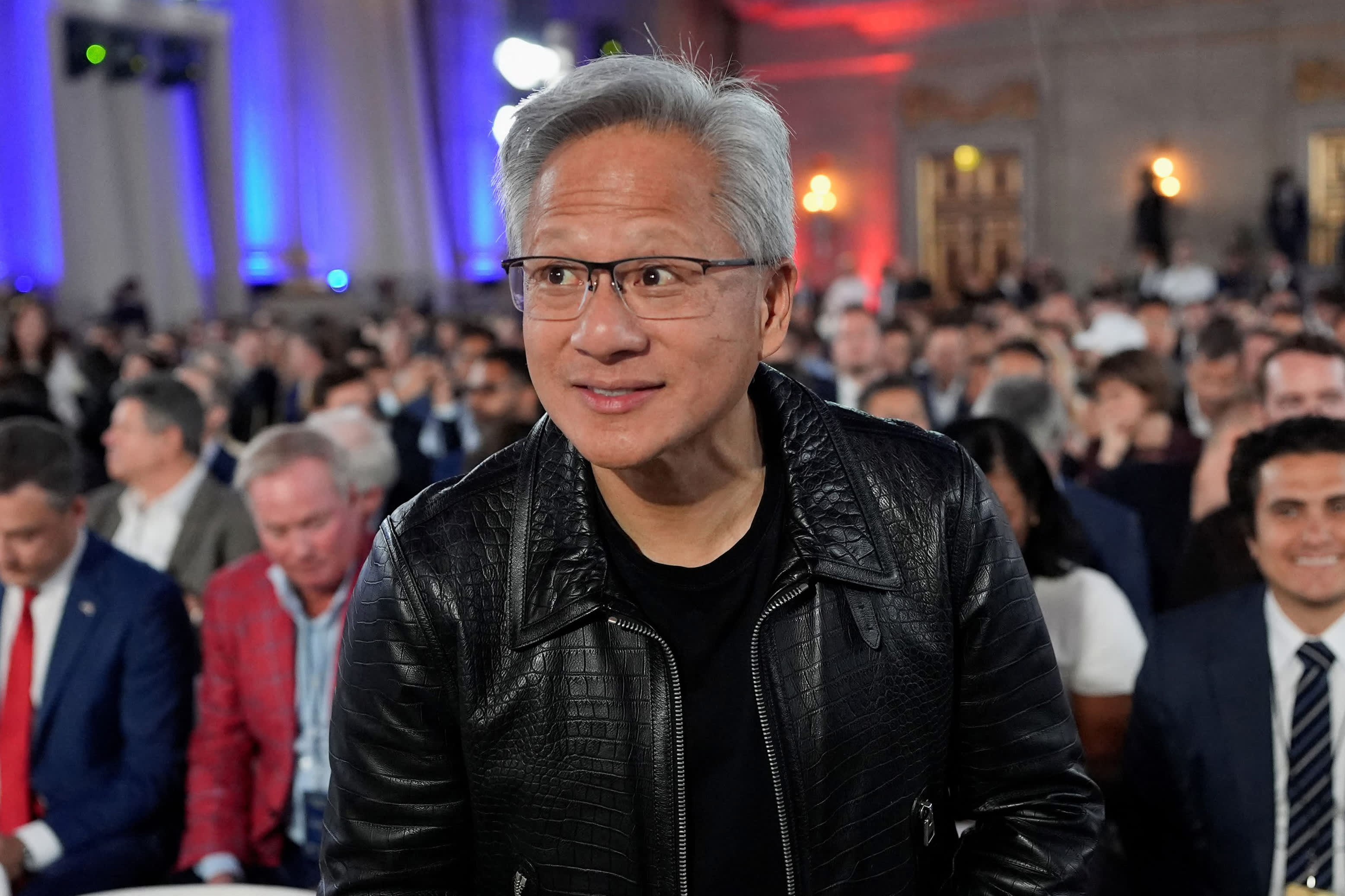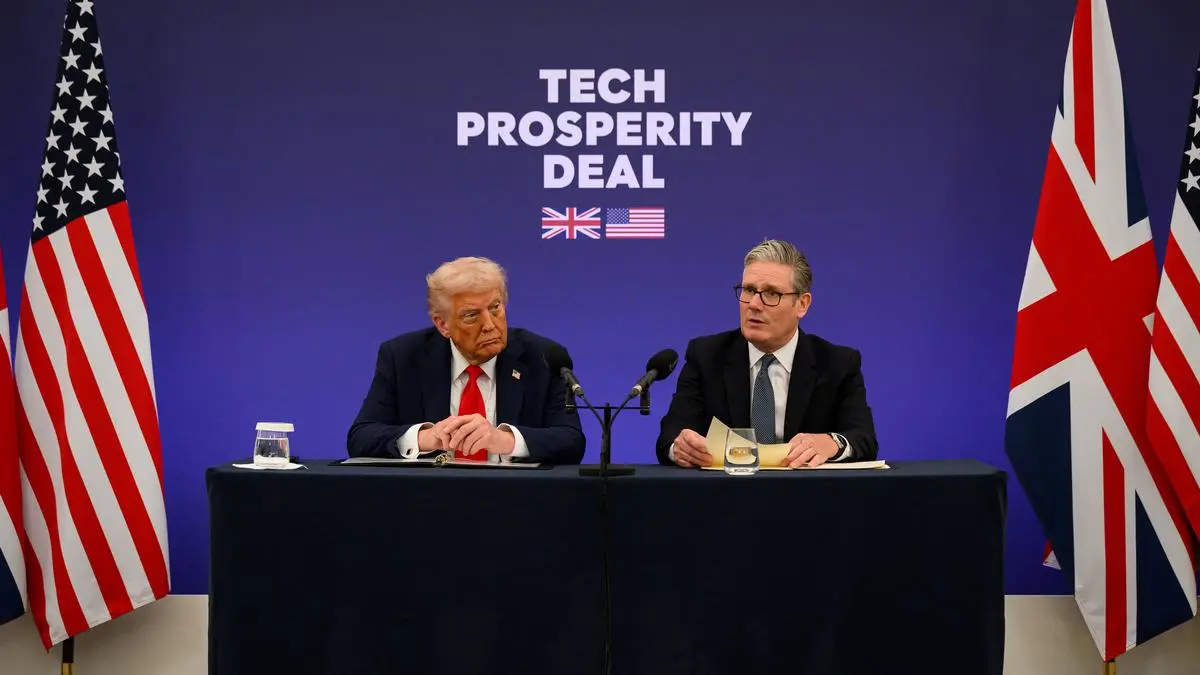By Sergii Kostezh
Copyright kyivpost

US President Donald Trump’s visit to London this week became a focal point for the world. On the surface, there was the lavish welcome, and all the pomp and ceremony that goes with such a high state occasion. Beneath that, there were layers of subtle messaging and Ukraine was directly mentioned in a speech by King Charles III.
Arriving on Marine One on Tuesday, the US president was met in the grounds of Windsor Castle by the heir to the throne, Prince William, and his wife Catherine, before traveling a short distance to meet King Charles III and Queen Camilla. On the eve of the visit, Donald Trump had called Windsor Castle a “special place” and the king his “longtime friend.”
Wednesday was a day of spectacle, where the president and first lady were treated to the full array of British pageantry including a carriage procession, a fly-past from the Red Arrows, and a lavish banquet. During the banquet reception, the king emphasized in his toast: “Today, when tyranny once again threatens Europe, we and our allies stand together in support of Ukraine.”
This was not only a clear expression of the UK’s position as a steadfast ally of Ukraine in countering Russian aggression, but also a certain political signal to Donald Trump, which may be an encouragement for the US to take more active steps in supporting Ukraine and achieving peace as Russian President Vladimir Putin continues to launch strikes on Ukrainian civilian targets unabated.
Close ties between Kyiv and London
The connection between Ukraine and Great Britain is deep rooted.
During Word War I, the British Empire maintained diplomatic relations with the Ukrainian People’s Republic from the fall of 1917 to the winter of 1918. At that time, Ambassador John Bagge offered Ukraine technical and military assistance from Britain in the fight against Germany, but after the invasion of Bolshevik Russia, Ukraine was forced to conclude peace with Germany, distancing it from the Entente.
Britain did not lose sight of Ukraine thereafter. It was in Britain that many Ukrainian emigrants, threatened with death in the Soviet Union, found refuge following World War II. The UK also became one of the first countries to recognize Ukraine’s independence in December 1991.
Still, the history of Ukrainian and British relations extends much further back than the political cooperation of the 20th century. Indeed, the history books show that the relationship is around a thousand years old – stretching back to the beginning of the 11th century. But how?
United by the North
Ukraine and Britain were – in the past – connected by common conquerors – the Vikings, or Normans. In Ukraine, they were called the “Varangians.”
Well-organized communities of warlike northern rowers, who sailed rivers southward into Eastern Europe, left no chance of self-government for local Slavic tribes – the forces were too unequal.
From about the 9th century, several ruler-princes changed in Kyiv, who – based on the so-called “Norman theory” – gradually settled and created an independent dynasty around the 880s. These dates mark the beginning of the rule of Prince Oleg (Helgi) and his successor Igor (Ingvar) with his wife Olga (Helga). Their entourage was mainly Norman military aristocracy, whose names we know from two peace treaties with the Byzantine Empire in 911 and 944, with which the Kyivan state was constantly at war.
At the same time in England, the Normans conquered a significant part of the kingdom, and only Alfred the Great stopped them in the 870s. While Alfred and his successors fought the Normans at one end of Europe, the Norman dynasty in Kyiv gradually lost connection with its northern homeland, assimilated with the Slavic population.
The successors of Igor and Olga bore Slavic names. Olga’s grandson, Volodymyr, officially adopted Christianity according to the Eastern rite and baptized Rus in 988, fully orienting himself toward Byzantium in language, culture, and architecture. Byzantine stonemasons built the first stone church in Kyiv, whose style copied the best Greek models.
Volodymyr died in 1015, and after a serious civil strife, his younger son Yaroslav – educated, cunning, and ruthless – seized the throne. He won by bringing Norman troops from Novgorod. After his victory, he changed course – reorienting Kyiv’s foreign policy from Byzantium to the West.
Around the same time in those very years, England was conquered by Cnut the Great – a Danish prince and one of the Norman leaders of that time.
The two processes turned out to be incredibly connected in history.
Family matters
After the unexpected death of Edmund Ironside in 1016, England fell under the final rule of Danish Normans led by Cnut. Edmund’s children, Edward and Edmund, were deprived of the right to the throne and sent by Cnut to Sweden. Historians believe this was a way to kill them, since the murder of English princes in England would have been very unpopular.
It is here that the accounts of historians diverge. Some say that the Swedish King Olaf spared the heirs of the English throne and sent them to Hungary, from where King Laszlo sent them to Kyiv, while others say that Olaf sent Edward and Edmund directly to Kyiv. In any case, the ties of Sweden and Norway with Kyivan Rus at that time were quite active through Novgorod, where Yaroslav was governor until his father’s death.
This makes the second account more likely, since it is practically certain that he was personally acquainted with King Olaf, as both his first and second wives were Olaf’s daughters – Anna and Ingegerd.
In any case, the heirs of the English throne found themselves in Kyiv, where they spent most of their lives. Yaroslav and his family welcomed them warmly and treated them tolerantly, while the distance of Kyiv from London guaranteed that Cnut the Great would not send assassins to Kyivan Rus. Religious differences were no obstacle – Edward and Edmund professed Christianity of the Western rite, but in Kyiv, this was not a problem.
Sometime during Edward’s stay in Kyiv, he married the mysterious Agatha, who – according to legend – was the daughter of Yaroslav the Wise. However, other sources say she was his sister or even a member of the Hungarian royal house, though her fate remains disputed. We will trust the first version, since dynastic marriages with the leaders of Western countries were a favorite practice of Yaroslav the Wise.
He married off all his daughters to the kings of the countries most important for Kyivan Rus, and his sons to the rulers of Central and Southern Europe. Thus, his eldest daughter, Elizabeth (Ellisif), was married to King Harald III of Norway, a warlike and very ambitious ruler. The younger daughters – Anastasia and Anna – were married to the kings of Hungary and France, respectively. His son Sviatoslav was married to the granddaughter of the Holy Roman Emperor, while his favorite son Vsevolod received the hand of the daughter of Byzantine emperor Constantine IX Monomachos.
It would have been quite logical to give another daughter in marriage to a claimant to the English throne, especially since Edward soon had a chance to reclaim his father’s throne.
In 1042, the son of Cnut the Great died in England, but for more than 10 years negotiations dragged on about Edward’s return to England. However, as soon as he managed to return in the mid-1050s, he unexpectedly died. At the same time, his patron, Prince Yaroslav, also died, and his children began to divide power. His wife Agatha outlived her husband, giving birth to their son Edgar, who had every right to the English throne and was even recognized as king, but was never crowned. Ten years later, he recognized William the Conqueror’s power on the throne, while his sister Margaret became the wife of the King of Scotland and, in the future, was canonized as a saint and patroness of Scotland.
However, Kyiv’s participation in the dynastic struggle did not end there. After Edward’s death, the issue of succession in England reached a new level and ended with a war between Harold II and other claimants – William the Conqueror and Harald III of Norway.
Harald, who by then had gained fame as an outstanding commander, decided to invade England. He was so confident that he brought his wife, Elizabeth of Kyiv, with their two daughters.
Harald landed Elizabeth and the daughters on the Orkney Islands, intending to take them after his victory and accession to the English throne. This is also mentioned in an English historical source, translated into Norwegian by Henrik Wergeland.
However, the Norwegian ruler overestimated his strength and was brutally defeated near Stamford Bridge. Elizabeth barely managed to escape from England with her daughters. Upon returning home, she married the Danish king.
This story shows how the destinies at the highest level of countries that seemed very different – and very distant from each other – have been closely intertwined. And perhaps the closeness of England and Ukraine-Rus as it was back then, is still being written in today’s history books.



